Ubiquitous digital content availability and its post-COVID universal receptivity have magnified the prevalent challenges of students’ reluctance from classrooms. It is evident at all levels but quite intense in higher education, where students are mature enough to decide whether to attend classrooms or manage it from outside through other means. Here are some perspectives on distracted students in classrooms.
The menace of classrooms having lesser attendance is faced by all higher educational institutions, but it becomes concerning in institutions that have inadequate admissions and poor teacher quality. The abundance of web-based learning content is worsening the situation because students rely on it as a substitute rather than as a supplement to their classroom interactions. Eventually, the learning gaps make it difficult for the students to pass the examinations, and in case they do, their inadequate competencies are disastrous for themselves, in particular, and society, in general. Quite often, the diktats of HEIs (Higher Education Institutions) are viewed as mandating the students to attend a certain minimum percentage of total classes held to become eligible to appear in end-semester examinations. It results in distracted students in classrooms. Although this appears a trivial issue in imbibing the students with the requisite knowledge base, it is catastrophic for the future.
Rigour of classroom participation decides the learning outcomes, communication skills, critical thinking levels, and abilities to put forward the viewpoint.
Also Read: Implementation of NEP 2020 in Higher Education: Challenges & Way Forward
Distracted Students
Participation of students in class is the most important element of the education process. The rigour of classroom participation decides the learning outcomes, communication skills, critical thinking levels, and abilities to put forward the viewpoint. The transformations in students depend reasonably on classroom interactions. Poor employability of students and non-worthiness corresponding to the degrees held by them speak volumes about the implications of certain shortcomings of the teaching-learning activities. Therefore, it is critical to introspect the reasons behind and take corrective measures for overall improvements.
Looking at the classroom hesitancy, one can say with certainty that the deliverables from the classes have to be made worthwhile. Some of the key factors to be taken care of to improve the situation include:
- attempting to ensure that the time spent by the students in classrooms is meaningfully compensated by the knowledge sought by them,
- content delivered in class should be uniquely positioned and teachers must spend time preparing content with a certain degree of novelty in it,
- active student engagement in classrooms should be clinched to enrich the student learning experiences in all-inclusive settings,
- healthy student-teacher interactions for good understanding of students by teachers leading to benign relationships in classrooms,
- reasonable, fair, objective, and transparent regulations of the HEIs for both students and teachers regarding classes in practice.
Going by the factors listed herein, it is perspicuous that the role of teachers is quite critical and they are the game changers in ameliorating the classroom hesitancy syndrome. Undeniably, the creation of an impactful, inspiring, and knowledgeable teacher is not a culmination of short-duration training(s), rather it happens after incessant efforts by the concerned to become a meaningful teacher. Teaching in HEIs is a profession where one is usually put on the job without any formal pedagogical or domain-specific training. This does not allow a teacher to transform in the beginning. Instead, a teacher starts teaching based on the learning while attending classes during the formal education process or interactions with their teachers in classrooms. However, teaching, being an individual-centric job, has all possibilities to be an exemplary one, provided the concerned resolves to be the best teacher and works to accomplish it with sincerity and honesty. The autonomy and authority of teachers in classrooms should not be rampant and the regulatory framework of the HEI should devise mechanisms to keep close vigil without sacrificing the freedom of teachers.
It is perspicuous that the role of teachers is quite critical and they are the game changers in ameliorating the classroom hesitancy syndrome.
The regulations imposing attendance requirements and punishment cannot change the behaviour unless the root cause is not fixed. Thus, the quality of classroom deliveries and student engagements requires strengthening. Students ought to be allowed to participate in teaching-learning processes innovatively and through interesting exercises that are relatable to real-life situations. Teachers must challenge the student’s perception of the content taught in the class so that they are compelled to think, collaborate, communicate, and develop the feeling of getting engrossed in the part of the learning process.
Also Read: Education: Politics and Politicization
Disruptive Ed-Tech
The academic environment in classrooms and HEIs together impact the efficacy of learning. With the digital technologies coming in for effective teaching, the HEIs must utilize them for augmenting the teaching and speedy content delivery. However, the hands-on sessions and comprehensive problem-solving cannot be pushed to the backseat. Technological interventions in teaching-learning infrastructure, classroom ambience, and facilities for students in HEIs should be aptly put in place. The digital platforms are expeditiously proliferating free conversations, sharing of ideas & content, and collaboration for mutual learning among peers and instructors.
All attempts must be made for the psychological, cognitive, and emotional engagement of students inside and outside the classrooms to ignite the innate desire to participate wholeheartedly in the learning activities. The energy level of students must be capitalized by creatively engaging them in academic and extracurricular assignments.
Declining Quality of Teacher-Student Interactions
Undoubtedly, the teachers have to be equally on their toes to set meaningful assignments/problems that call for comprehensive applications of student learning. This must be done keeping the natural inclination of copying into consideration and problems must be designed to eliminate such possibilities. After the receipt of the student responses, its evaluation also demands seriousness, and comments of the evaluator should be helpful to the students to fill the gaps and overcome their weaknesses. In all circumstances, these attempts will germinate the interest of students in the respective courses and their full potential will be available for the overall strengthening of the education system.
Also Read: AI Chatbots May Devitalize Ingenuity: Arrival of New Disruptors in Education
Socio-economic diversity of Indian society also influences the teaching-learning ecosystem. Remedial measures for disadvantaged/weak students should be taken in such a way that there is no chance of the beneficiaries feeling otherwise.
At times, the socio-economic diversity of Indian society also influences the teaching-learning ecosystem. This could be countered by adapting and practicing an all-inclusive approach in all pursuits while protecting the self-respect of each student. Remedial measures for disadvantaged/weak students should be taken irrespective of their lineage in such a way that there is no chance of the beneficiaries feeling otherwise. Usually, such students are seen to be abhorrent for targeted attempts to remediate them due to the attached stigma. Therefore, generic exercises for remediating everyone should be laid down for their benefit.
Considering the challenge posed by the reluctance of students to attend classes, educational institutions have to work on making classroom interactions between teachers and students valuable. The academic fraternity of every institution should introspect and take reformative measures to the extent that the students attend classes with full energy and enthusiasm. The only way to annihilate class hesitancy is by improving teaching quality and the assurance for worthy content delivery.
Disclaimer: The views expressed in this article are of the author solely. TheRise.co.in neither endorses nor is responsible for them. Reproducing this content without permission is prohibited.
About the author
Prof. Onkar Singh is the former Vice Chancellor of Veer Madho Singh Bhandari Uttarakhand Technical University, Dehradun, He has been the Founder Vice-Chancellor of the Madan Mohan Malaviya University of Technology, Gorakhpur (U.P.). He is a Professor of Mechanical Engineering at Harcourt Butler Technical University, Kanpur (U.P.).

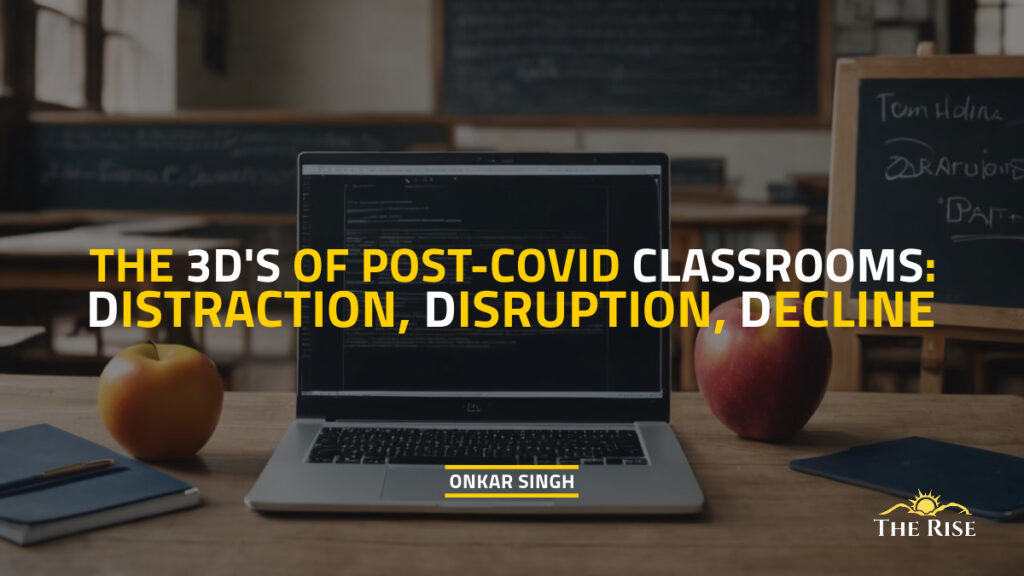

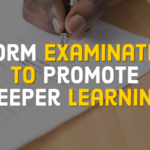
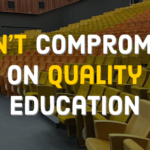

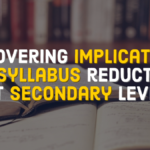




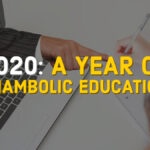

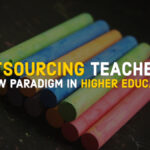
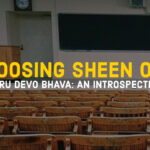

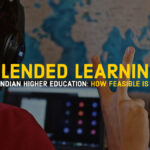
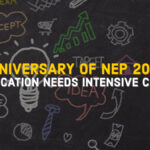


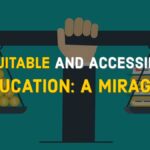

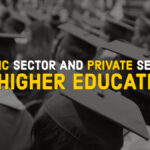





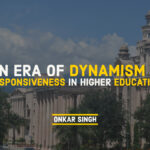
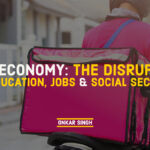
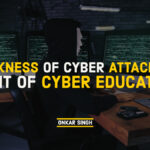
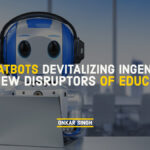

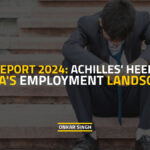

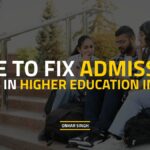




Well said. Problems raised and solutions provided at the same time. An insightful article.
Pingback: Mapping The Higher Education Ecosystem Of India - TheRise.co.in
Pingback: Beyond Books and Bells: Organizational Citizenship Behavior